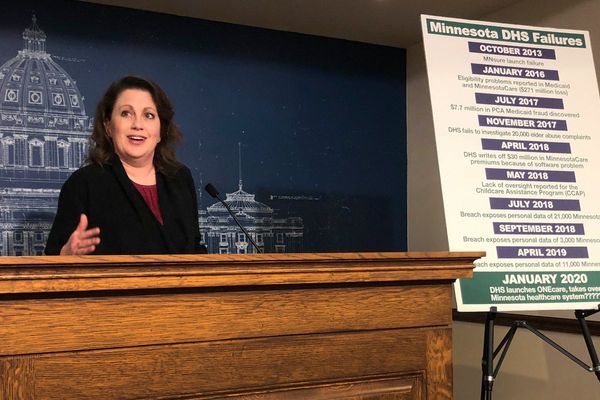Housing market activity this summer has seen a marked increase compared to the same time last year, new research has found, as recent changes to mortgage affordability rules have an immediate impact.
Buyer demand is 11 per cent higher compared with a year earlier, equating to an eight per cent increase in agreed sales, data from Zoopla shows.
The property website says that the increase in sales is accompanied by slowing house price growth, revealing that it has halved its price forecast for 2025.
This would appear to calm concerns that relaxed mortgage affordability rules would lead to an increase in house prices, which were rising more quickly at the start of the year.
Several lenders have now loosened their affordability rules to enable customers to borrow more following guidelines announced by the Bank of England at the start of July.
They mean that individual banks and building societies can offer more high loan-to-income mortgages, which are at or above 4.5 times the borrower’s annual earnings.
The changes, subsequently clarified by the Financial Conduct Authority last week, mean home buyers can now borrow up to 20 per cent more and keep the same rate.
Zoopla’s executive director, Richard Donnell told The Independent: “The changes to mortgage lending help better off buyers who have a greater chance of buying – they wont open the flood gates and push up house prices which are still slowing.
“Borrowers still have to prove they can afford more than they will be paying but a lesser amount e.g. closer to 6-7 per cent than 8-9 per cent before when the mortgage rate they will pay might average 4.5%. Other lending rules still apply.”

The housing expert also says that higher stamp duty costs are also driving down average prices, with buyers wanting “this extra cost reflected in the price they pay.”
The increase to stamp duty at the start of April will likely majorly offset any slowing house price growth for most buyers. First-time buyers now must pay stamp duty when purchasing a home of up to £300,000, down from the previous threshold of £425,000.
For second property owners, the threshold halved to £125,000. For all buyers, the banded rates begin at five per cent, increasing to 12 per cent for the most expensive properties.
Mr Donnell said: “At the start of the year, we predicted house prices would rise just two per cent, at the lower end of forecasts for house price inflation. Prices are on track to be one per cent higher over 2025, half the level forecast.
“Greater supply of homes for sale and mortgage rates remaining higher than expected are the key reasons for weaker growth. Low house price inflation is not a bad thing so long as there is enough market confidence for people to list their homes and make bids to buy homes.”







